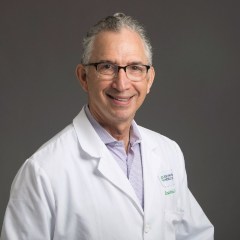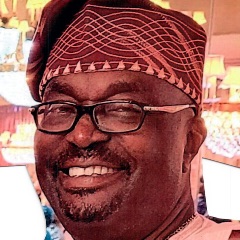Fall 2021 Pulse of Public Health
Members of the SPH community weigh in
The global pandemic has had a profound impact on our lives. How do you think we will be better prepared the next time we face a crisis like this?
Quotes from SPH community members Heading link

Anticipating the next public health crisis includes community-level preparations. Local public health departments need to be fully staffed and trained along with a cadre of community volunteers such the Medical Reserve Corp consisting of licensed health care professionals that can step in to help in emergencies.
| Chair, Skokie Board of Health and Medical Reserve Corps Member
The coronavirus really brought to the forefront how woefully unprepared our country was in dealing with the broad range of threats caused by the pandemic. Our public health institutions did not have adequate resources to run a pandemic response. We need to build toward a future where investments are being made in public health to mount an effective and sustained response to battle the next pandemic.
| Member, UIC SPH Executive Advisory Board and Chief of Staff, Child Health and Mortality Prevention Surveillance, Emory Global Health Institute

Leading public health institutions have a responsibility to think about and strategically plan for the transitions that come during a global pandemic, just as much as any future mechanisms that will be employed to prevent future global pandemics. For example, a major shift to nearly everything virtual (e.g., work, learning) during this recent pandemic significantly impacted the physical health of many people via staring at screens for elongated periods of time. Proper ergonomics is key during this type of transition and this is a preventative measure that UIC SPH must be a leader within during any similar, future crisis.
| Educator, filmmaker and administrator

If we want to be better prepared the next time a global pandemic hits, we have to make critical investments into our public health and social care infrastructures at the national, regional and local levels. What made the COVID-19 pandemic so devastating was the lack of national coordination, the failure to distribute resources to the need and the pre-existing social fault lines – structural racism, poverty, occupational and community exposures – that disproportionately placed people and communities of color in harm’s way. If we make the correct national investments into community wealth and health building now, particularly but not exclusively in communities of color, we will be better prepared for the next global pandemic.
| Senior Vice President for Community Health Equity, Rush University Medical Center and Associate Provost for Community Affairs, Rush University

Being better prepared for the next public health crisis means improving workplace preparedness. We need to recognize that keeping up with the rapidly evolving science and information resources means applying our existing health and safety approaches and practices more quickly and creatively. COVID-19 raised awareness about how infectious diseases are spread from coworkers, unlike typical workplace health hazards, so applying control measures to reduce or eliminate exposures at their source means using what we know differently. We need to build on what we’ve learned, which will require different disciplines to communicate and coordinate better.
| Industrial Hygienist, Associated General Contractors Oregon-Columbia Chapter

We are not able to predict how soon the next pandemic will occur, but UIC SPH responses should be robust and include special efforts (not sporadic) in reaching minority and racial entities for professional credentialing and the inclusion of the tenets of public health in the fifth through 12th grade grade curriculum; the development of public health vulnerability index to include the impact of conspiracy theories, and address discriminatory practices; and public health messaging with particular focus on hard to reach populations.
| Professor Emeritus